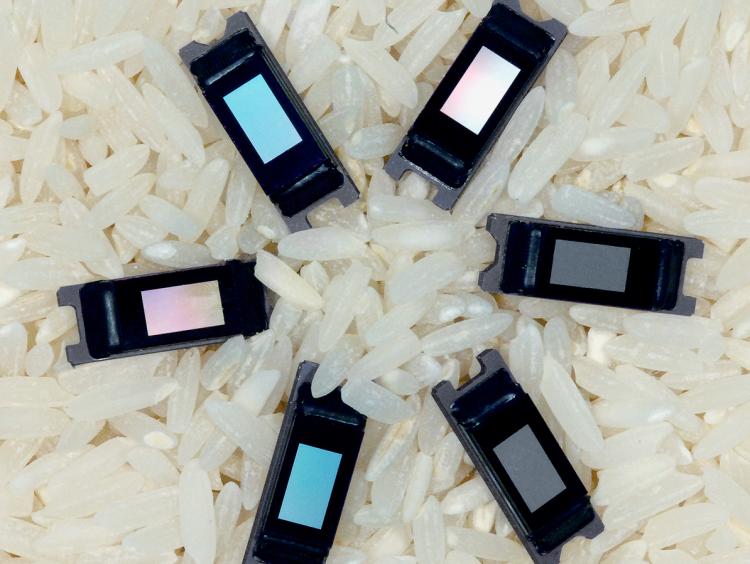A new chipset promises to make way for the world’s thinnest, smallest, yet still remarkably vivid projectors. Texas Instruments introduced the nHD—the smallest of the company’s family of already tiny DLP Pico engines—at the GSMA Mobile World Congress last month.
First available in projectors in 1994, Digital Light Processing (DLP) technology is now found in half of all new projectors worldwide due to its incredible clarity and high contrast. Invented by Texas Instruments (TI), DLP technology is basically an optical semiconductor comprised of a standard memory cell embedded on a rectangular array of a million hinged, microscopic mirrors. These mirrors reflect colored light to make pictures.
In a DLP front projection system, for example, red, green, and blue light are shone alternately onto the mirrors. These colored lights switch on and off in response to a video or graphic signal being fed into the underlying memory chip. The mirrors can switch at a rate of up to 5,000 times per second and the light they reflect is directed through a lens and onto the screen, creating an image.
Like other DLP chips, the nHD also features millions of microscopic mirrors. But this new chip allows projector technology to be embedded into even smaller devices in a wide range of product categories with even better contrast and color.
“We believe this new nHD chipset sets new industry-leading benchmarks in pico projection—enabling products with the highest efficiency and brightness from the industry’s thinnest, smallest physical footprint,” said Frank Moizio, manager, DLP Emerging Markets business in a press release. “It achieves all of this with stunning picture quality. We believe nHD will provide even more opportunities for manufacturers to innovate with DLP.”
The nHD incorporates a new low-power Pico DPP2601/2607 ASIC/Processor, making for an optical module more than 20 percent thinner and 50 percent smaller than anything available today.
Several global manufacturers have already begun development on the nHD chipset, using its size, brightness, and resolution advantages to design embedded mobile phones, cameras, and products in other mobile device categories. The addition of this new chipset, along with the success of DLP’s WVGA and HVGA chips for embedded applications, gives manufacturers diverse design options that allow them the flexibility to include projectors in a wide breadth of devices.
Earlier this year, TI DLP Products showcased more than a dozen new projection devices from leading manufacturers, representing a variety of product categories. Manufacturers such as Samsung, Optoma, LG, and HP showcased new pico projection products in categories such as embedded mobile phones, gaming projectors, embedded media players, notebook accessories, standalone projectors, and projector attachments for mobile phones.
With manufacturers reacting to consumer demand for DLP Pico projectors in ever-smaller electronic devices, the new nHD chip provides an ideal projection solution, given its tiny form factor and the stunning, clear images it can produce.







